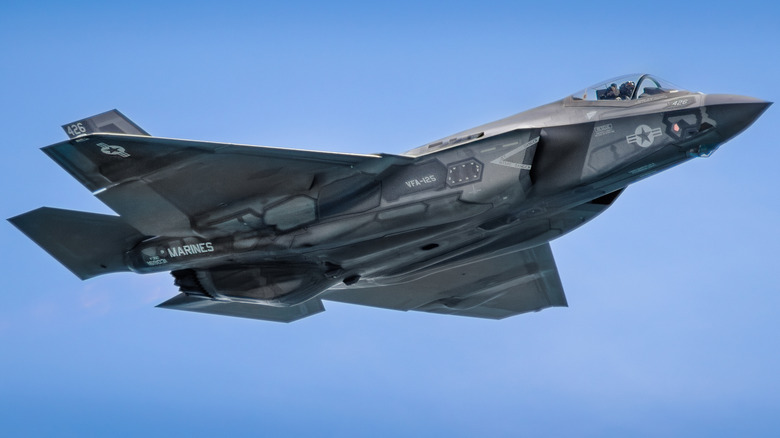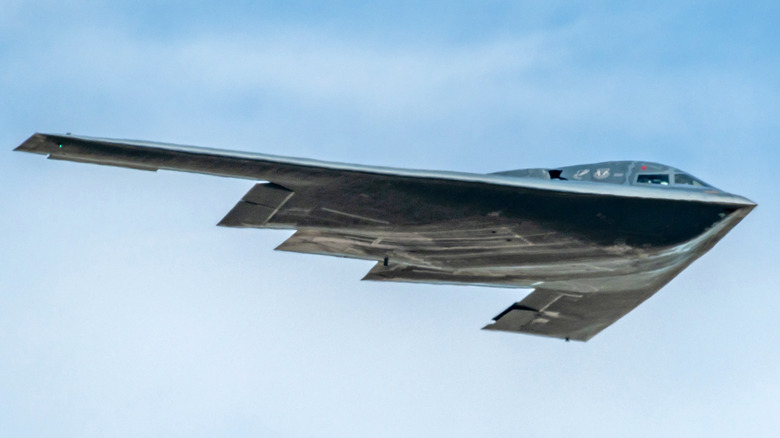How Do Stealth Aircraft Hide Their Engines From Enemy Radar & Heat Seeking Missiles?
Modern military aircraft not only fly fast and oftentimes carry heavy payloads, they can also virtually disappear. One of the biggest challenges in making this happen lies with concealing the engines, which generate infrared heat that can be seen on enemy radar and even tracked by missiles. But thanks to stealth aircraft technology, modern planes can indeed hide in plain sight. This happens by reducing the engines' heat signature , masking it with special exhaust nozzles. These nozzles immediately combine hot air from the plane with the cold air at high altitudes, essentially hiding the craft from enemy radar.
Unlike previous aircraft, the most advanced jets like the F-35 travel slower, which cuts down on the amount of hot exhaust it generates. The F-35 Lightning and F-22 Raptor are actually built with radar-absorbing material, which also decreases the chance of either aircraft being tracked by enemy systems. The B-2, is built with vents that cool the hot exhaust before it can exit the craft. The B-2's exhaust ports are also located on top of its airframe, which decreases the chance the plane can be spotted with ground radar or be tracked with heat-seeking missiles.
Stealth technology can help conceal aircraft from view
Stealth aircraft are not only safe from enemy radar and heat seeking missiles, the technology can also prevent them from being physically seen or heard. The B-2 bomber, which cost more than any plane ever built, has a narrow body and black color that allows it to blend into the night sky. Even though it's easy to observe the plane during the day, it can actually be difficult to determine the B-2's direction because of its shape and the fact that it doesn't mark the blue sky with an exhaust trail makes it more difficult to spot.
The B-2's internal engines limit the sound emitted from its noisiest component, solving the problem of being heard from adversaries and remaining undetectable. The F-117 Nighthawk is another stealth aircraft that's built with similar low observable technology. However, even with the tech the military currently has, true invisibility for stealth aircraft has not yet been achieved. Metamaterial, a lattice-like structure that can help conceal objects from view, has not reached the point that it can cause a plane to truly disappear. Until such cloaking is perfected, stealth aircraft will need to rely on the technology it currently has.

